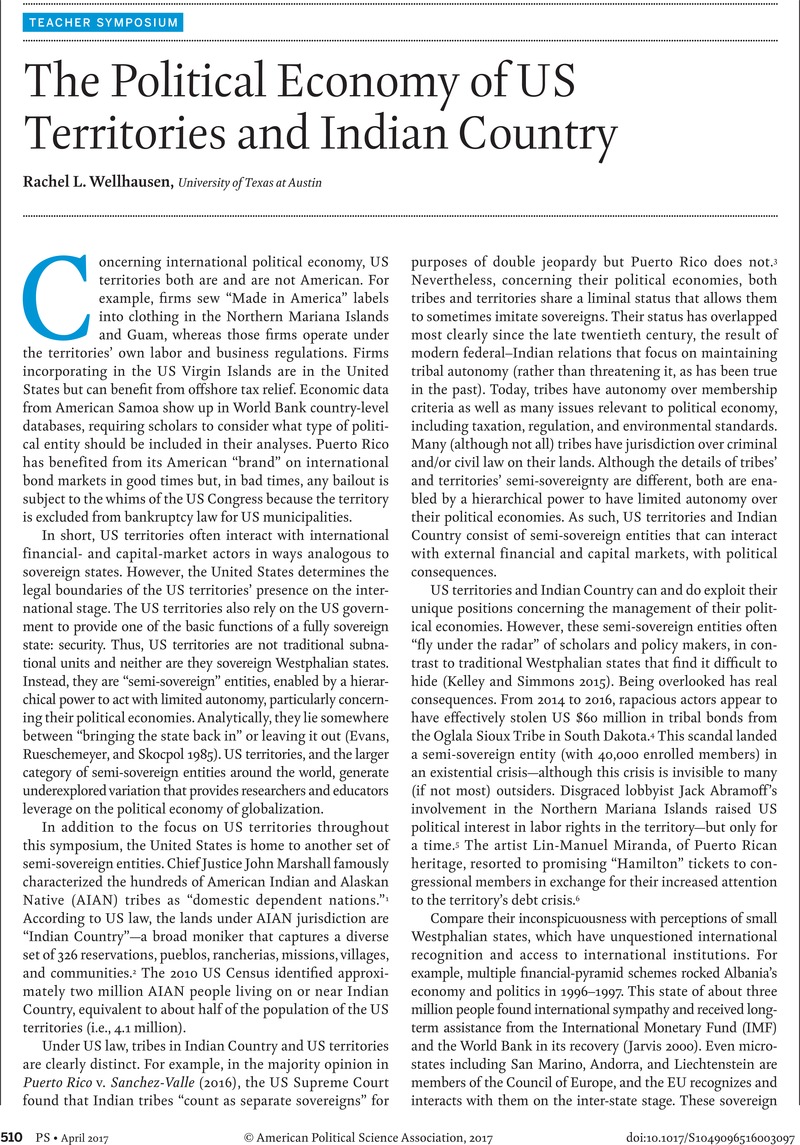Crossref Citations
This article has been cited by the following publications. This list is generated based on data provided by Crossref.
Uster, Anna
Vashdi, Dana
and
Beeri, Itai
2022.
Enhancing Local Service Effectiveness Through Purpose-Oriented Networks: The Role of Network Leadership and Structure.
The American Review of Public Administration,
Vol. 52,
Issue. 4,
p.
298.



